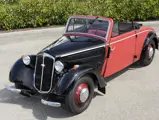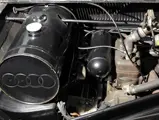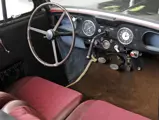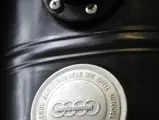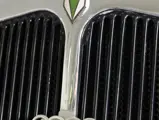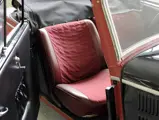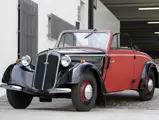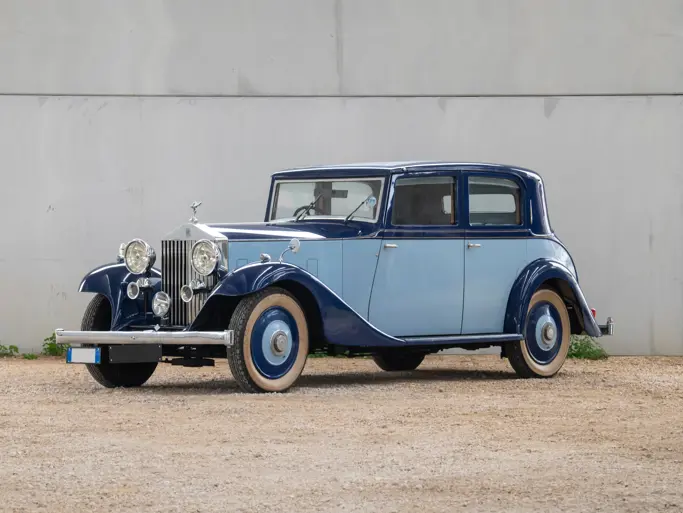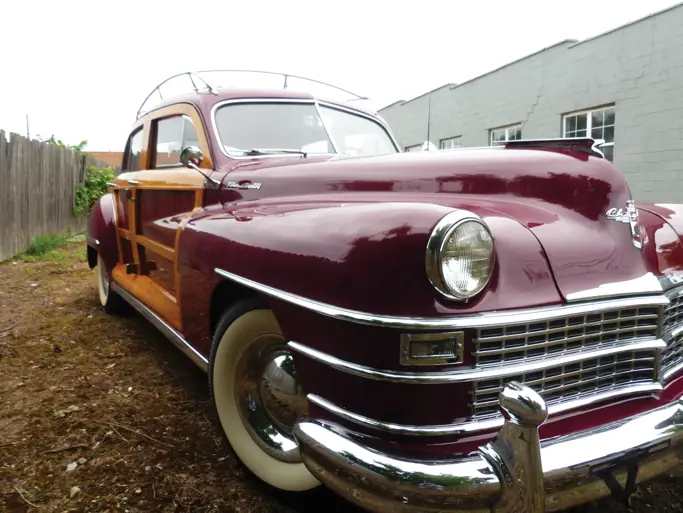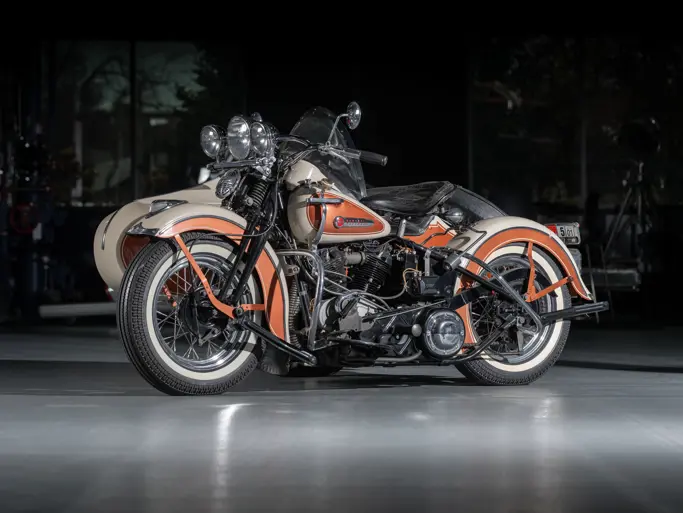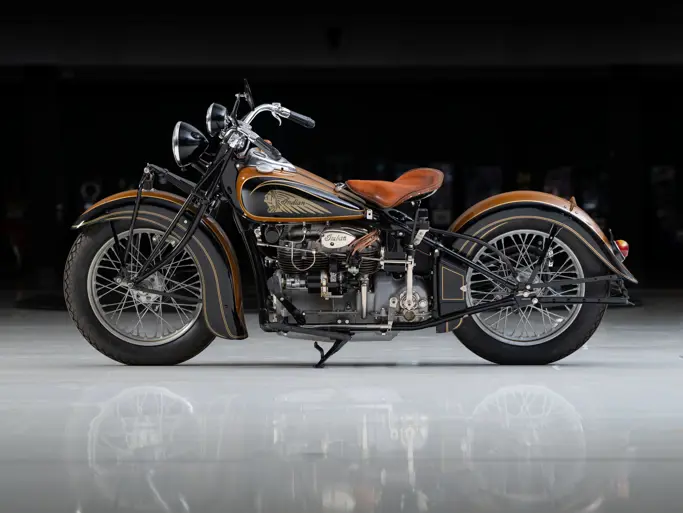London 2011
1939 DKW F8 Meisterklasse Cabriolet
{{lr.item.text}}
£10,080 GBP | Sold
 | London, United Kingdom
| London, United Kingdom
{{internetCurrentBid}}
{{internetTimeLeft}}

20 bhp, 692 cc two-stroke two-cylinder engine, three-speed manual transmission with lockable freewheeling, semi-elliptic leaf spring suspension, four-wheel drum brakes. Wheelbase: 2,600 mm
• DKW’s last pre-war model
• Larger displacement Meisterklasse engine
• Most sporting two-door cabriolet coachwork
Auto Union was an amalgamation of German automobile manufacturers that was founded in 1932. The four individual companies that formed this association were foundering due to the effects of the Great Depression. Horch, Wander, Audi and DKW were the four firms that merged, and their new logo was a series of four interlocking rings which was worn on the grille of each vehicle. Like General Motors’ Billy Durant had done two decades earlier, the principals of each of the firms realised that they could save themselves by combining forces and gaining more strength in the market.
DKW was founded in 1916 to produce steam fittings and set out to produce a steam-driven car. Although the steamer was unsuccessful, the firm did produce a two-stroke engine which was used in the firm’s motorcycles and automobiles. The DKW was an innovative car with features like front-wheel drive, a self start/generator called the Dynastart and a three-speed transmission with lockable freewheeling. The F-Series was introduced in the early 1930s. The predecessor models to the F8 were relatively similar, with most changes relating to the chassis construction, body length and minor styling details. When the F8 was introduced in 1939, it was offered with two different engines and two body styles. The Reichsklasse was the base model and had a 589-cc, 18-horsepower engine. The Meisterklasse, of which this is an example, had the more powerful 692-cc, 20-horsepower engine, which claimed a top speed of 53 miles per hour. The body offerings were a two-door saloon and a two-door cabriolet.
This DKW F8 Meisterklasse Cabriolet has spent its entire life in Germany until being brought into a collection in Italy in 2008. It has original registration papers dating back to 1963 and was restored in its current livery of black and red approximately two decades ago. It is extremely true to its original spirit, retaining all of its original components.

